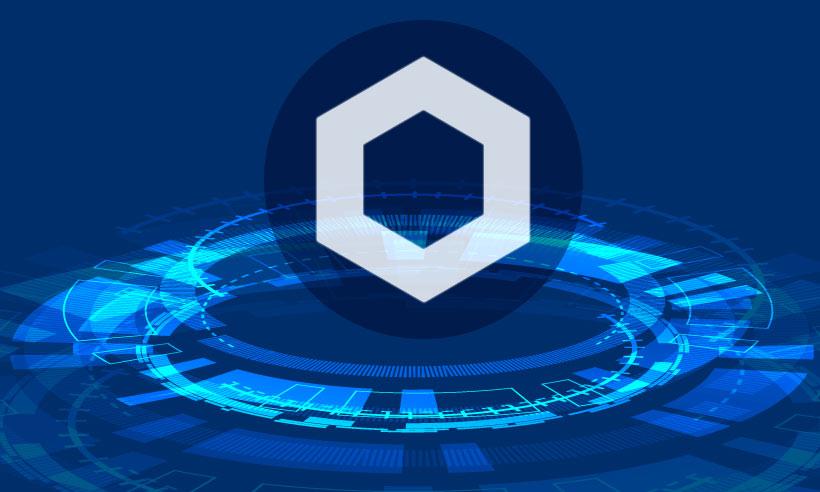Apr 3, 2022
by Kishan Yadav
What is Chainlink and What Makes it Unique in 2022?
.
Disclaimer: The views and opinions expressed in this article are for informational purposes only and do not constitute financial, investment, or other advice. Investing in or trading crypto assets comes with a risk of financial loss.
Kishan is a blockchain and crypto enthusiast, crypto investor, trader, and marketer with 3 years of experience in the crypto and blockchain space. He is passionate about cryptocurrency as an emerging technology and is heavily involved in the fast-growing fintech space. Hence one of his favorite quotes is an old saying which goes, "No research without action, no action without research".
